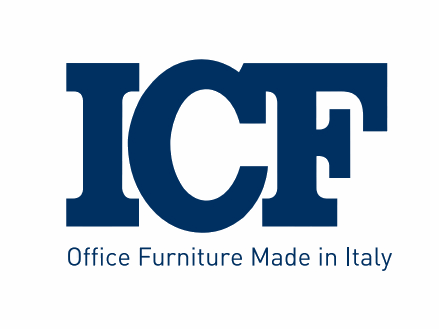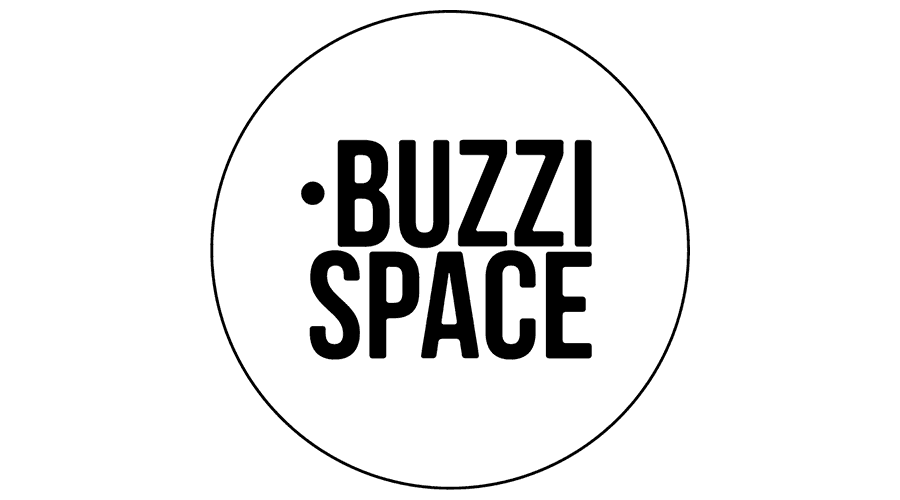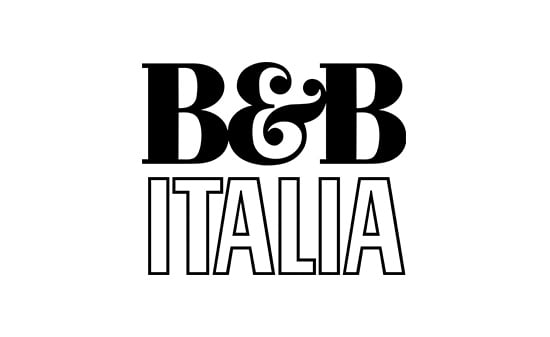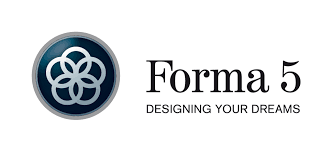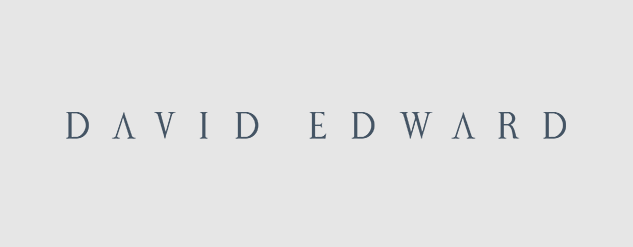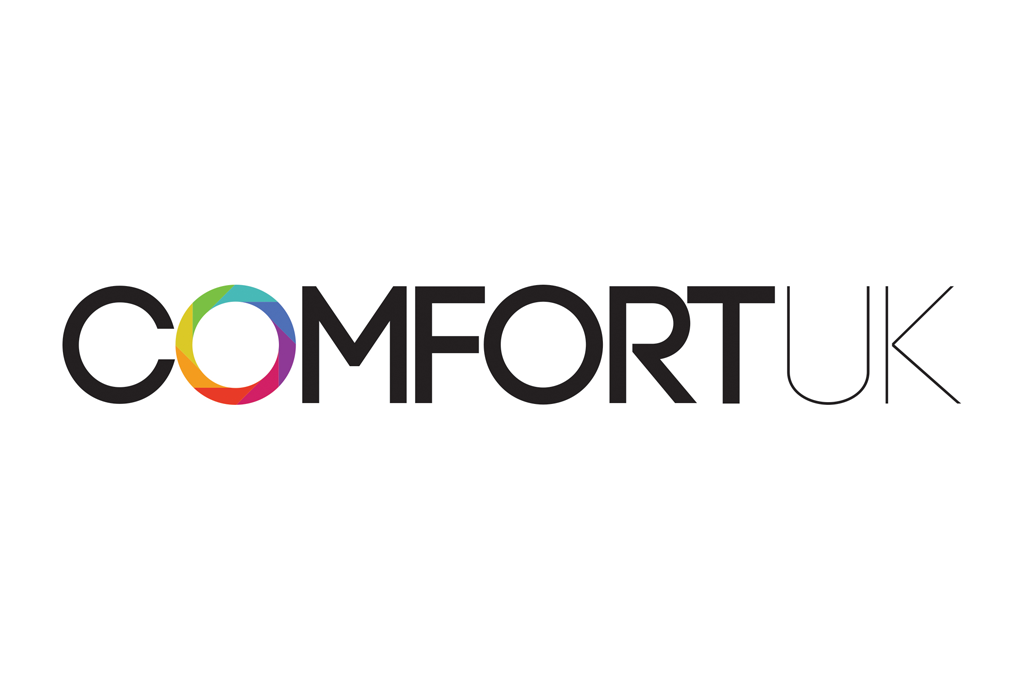Offices have been the ruling spaces of the corporate world for many years now, and it isn’t until the
past couple of years that working from home has become significantly more common. But the offices
we see today aren’t reflective of how offices have always been, in fact they’ve evolved quite
substantially from fifty years ago.
Keep reading to learn a brief history of office design and how this has changed from the 70s to now.
Then
Back in the 70s, offices were very much cubicle based. Given the open plan yet quite cramped layout
of offices back then, this was done to isolate workers from each other and minimize distractions, with
there being a key focus on staff working as independently and productively as possible.
Each desk in these individual cubicles was likely to have a static or a plastic swivel office chair, and a
fair amount of desk space to allow room for the large computers used for sending emails and writing
documents.
Many employers saw cubicles as an opportunity to fit as many workers in an office as possible,
leaving little room for other communal spaces, especially with the plentiful mergers and buyouts that
happened during the recession during the 80s and 90s.
However, towards the late 90s this began to change, starting the transition towards the offices we see
today.
Now
Nowadays, focus tends to be much more on collaboration within offices rather than isolation and
independence. There is also much more emphasis on the health and comfort of staff in modern
offices.
This is why design is no longer considered with the quantity of desks that can fit into a space in mind,
but rather the quality of the space. We see desks that are spacious and nearby others without being
cramped or hidden, whilst chairs are more comfortable – made with padded seats and supportive,
ergonomic back designs.
It is not uncommon to also see lounge seating, such as sofas and armchairs in offices now, also.
Whilst before these may have been found in managers’ individual offices, communal office spaces
now have comfortable seating areas for staff to better relax during their break times. Such spaces are
seen to prioritise their wellbeing, thus increasing motivation and productivity, rather than forcing it.
The Future
So, what does the future of offices look like? We highly doubt that the focus on health and comfort will
be going anywhere; already, there is the emergence of standing desks and even those that double as
treadmills or exercise bikes, with these likely to be on the rise in upcoming years to encourage staff to
move around and stay healthy whilst working.
It is also likely that less people will be working in an office, instead working in a home office, thanks to
the rise in remote working and virtual softwares. With meetings being held across video calling
platforms such as Zoom or Google Meet, people are able to communicate with others all across the
world, making business meetings and trade even more attainable at the same time as reducing
people’s commute completely – allowing them to benefit from an hour or few of extra sleep, ready to
tackle the working day.
Whether working in the workplace or from a home office, Corporate Spec has the furniture range to
support you working in comfort. Get in touch with us today to enquire about our products and online
sales.































